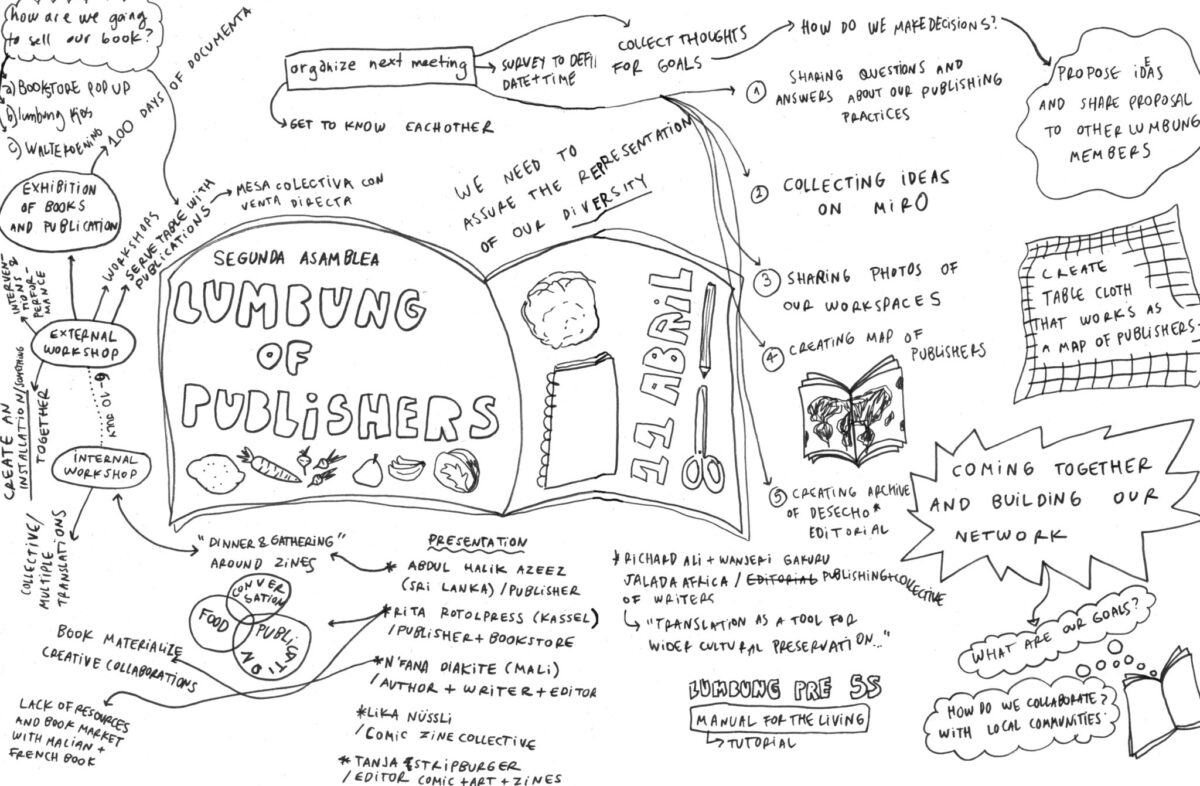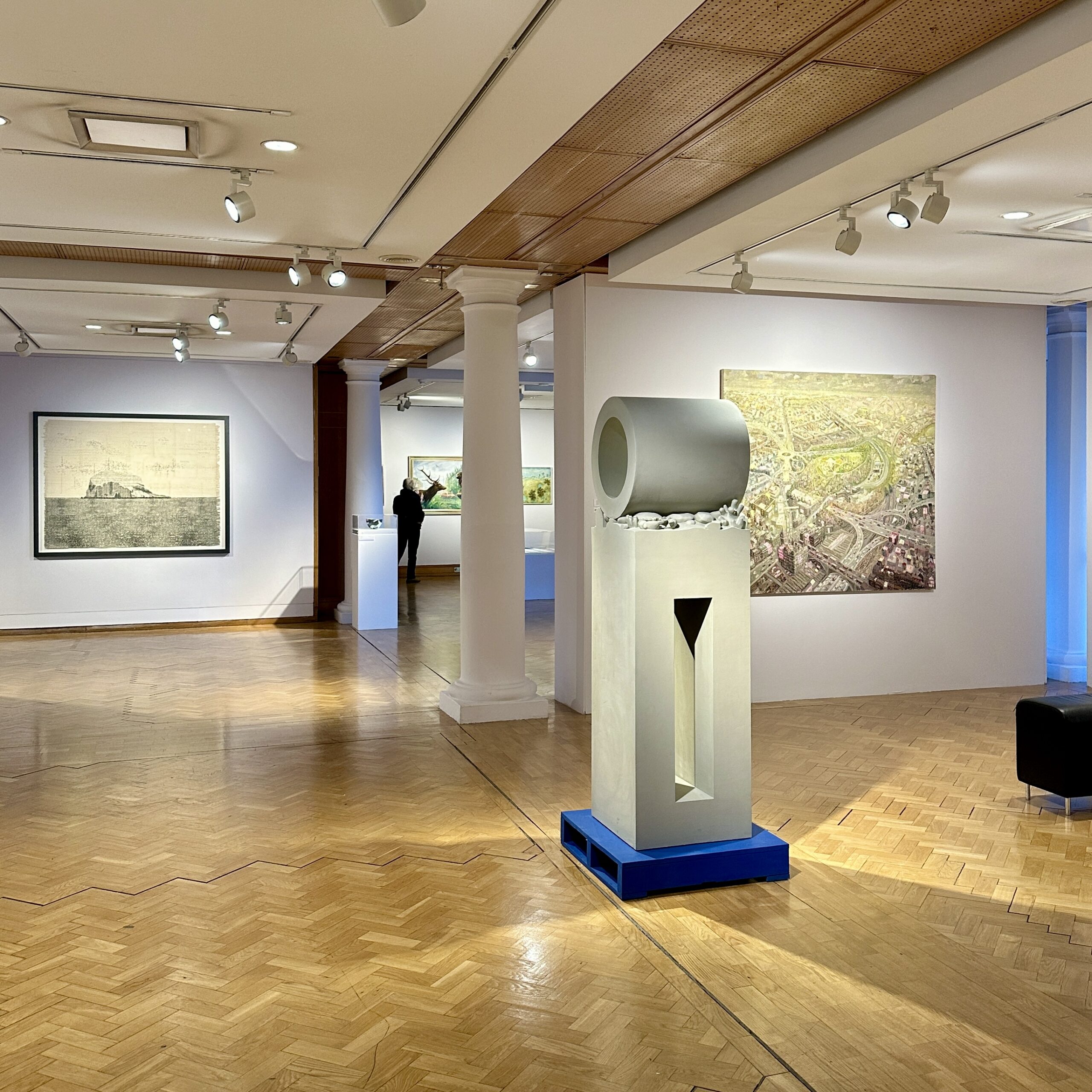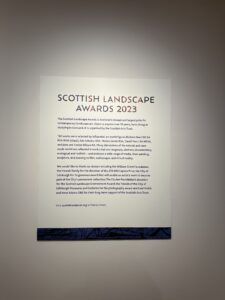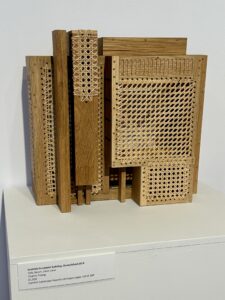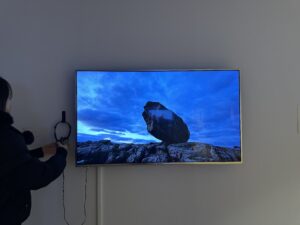Class inspiration and personal exploration
Under the rubric of ‘platforms and institutions’, I see the role and impact of curating in the globalized artistic landscape: the mediating role of the curator in exhibitions and their criticality – not only limited to the artists and the art objects but also extended to the curators themselves (Bacon, 2024). I am thinking about how curatorial practice can transcend traditional boundaries to form a form of exhibition that embraces the discursive.
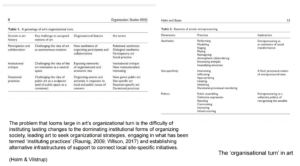
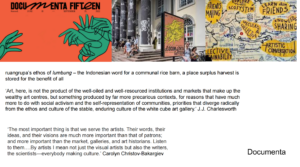
Bacon, J.L. (2024) [screenshot] In Platforms & Organisations. [Online] MA Contemporary Art Theory. The University of Edinburgh. available at: https. //www.learn.ed.ac.uk/ultra/courses/_112352_1/outline/file/_9781569_1
The Institutional Turn
Drawing on Terry Smith’s Visual Arts and the Exhibition Complex (Smith, 2017), I sense how globalization is affecting art exhibition spaces, particularly through the ‘institutional turn’ in response to dominant changes in forms of social organization. This challenges traditional modes of exhibition and prompted me to explore in my post-course research how concepts such as ruangrupa’s lumbung embody community and socially activated art practices.
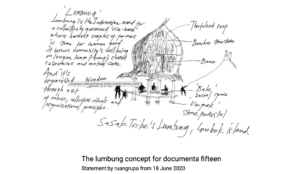
Universes in Universe (2022) lumbung - additional thoughts by Ruangrupa for documenta fifteen, 2022. [Online] Available at https:// universes.art/en/documenta/2022/lumbung
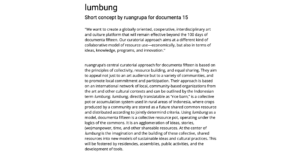
Universes in Universe (2022) lumbung - concept by ruangrupa for documenta 15, 2022. [Online] Available at: https://universes.art/en/documenta/2022 [Online] Available at: /short-concept
Convergence of Theory and Practice: Exploring Intercultural Curatorial Practices
Drawing on Kester’s (2011) insights, I explore how artistic practice can contribute to wider social engagement and dialogue. In the tension between globalization and local culture, curators need to balance this complexity. In conjunction with Bennett’s (1995) analysis of art exhibitions as a platform for global cultural exchange in The Exhibition Complex, I focus on introducing China’s intangible cultural heritage to a UK audience to demonstrate its uniqueness and promote cross-cultural understanding. Responding to the classroom’s response to globalized art exchanges is at the same time an extension of my personal exploration of the new life of traditional culture in the context of contemporary art. Therefore, I have adapted my curatorial strategy to present the traditional aspects of intangible cultural heritage and reveal its vitality and relevance in the contemporary globalized context. Inspired by Appadurai’s (1996) discussion of ‘cultural mobility’ and ‘cross-cultural consumption’, I have explored how to combine Chinese ICH with contemporary British art to explore cultural identity and the modern translation of tradition in globalisation (Appadurai, 1996). I explored how to combine Chinese intangible cultural heritage with contemporary British art to explore cultural identity and the modern translation of tradition in globalisation (Appadurai, 1996). I aim not only to demonstrate the unique value of intangible cultural heritage, but also to challenge and expand the boundaries between tradition and modernity, and to explore new ways of sharing and passing on culture in the age of globalization. The project aims to exemplify how continuous dialogue and exchange of cultures can be achieved through artistic creation and curatorial practice (Mohr, 2010).
References
Bacon, J.L. (2024) Platforms & Organisations.[Online] MA Contemporary Art Theory. The University of Edinburgh. Available at: https://www.learn.ed. ac.uk/ultra/courses/_112352_1/outline/file/_9781569_1 [Accessed 30 March 2024]
Smith, T. (2017). Mapping the Contexts of Contemporary Curating: the Visual Arts Exhibitionary Complex. journal of curatorial studies, 6(2), 170-180.
Kester, G. H. (2011) The One and the Many: Contemporary Collaborative Art in a Global Context. 1st edition. [Online]. Durham: Duke University Press
Bennett, T. (1995) The Birth of the Museum: History, Theory, Politics. 1st edition. [Online]. London: Routledge.
Appadurai, A. (1996). Modernity at Large: Cultural Dimensions of Globalization. Minneapolis: University of Minnesota Press.
Bennett, T. (1995) The Birth of the Museum: History, Theory, Politics. 1st edition. [Online]. London: Routledge.
Mohr, P. A. (2010) Klonk, Charlotte. Spaces of experience: art gallery interiors from 1800 to 2000. CHOICE: Current Reviews for Academic Libraries 47 (8) p.1462-.
